Events at The Grace
Tag: DDLM
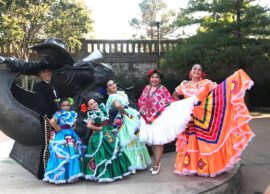
Flash Mob Folklorico
We are wrapping up our week of el Dia de Muertos with Flash Mob Folklorico! Enjoy this beautiful performance of El Huapango de Moncayo as performed by St. Vincent Pallotti Ballet Folklorico (St Vincent Pallotti Catholic Church) in the heart of Downtown Abilene.
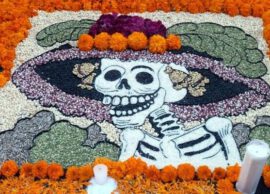
Tradition of Tapetes
One of the more elaborate and beautiful Dia de Muertos traditions is the creation of tapetes or “rugs/tapestries” comprised of flower petals, sand, rice, beans, sawdust, etc. The Center for Latin American Studies at Vanderbilt University writes: Spanish for “rug,” Dia de los Muertos tapetes are large, colorful piece of art made on the ground as part of the Dia de los Muertos celebration in parts of Mexico.
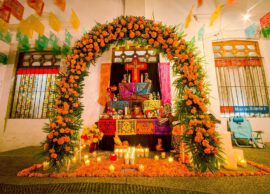
Dia de los Muertos: Symbols and Traditions
The Dia de los Muertos holiday is filled with beautiful symbols, traditions, and imagery. Every detail represents something significant and special in the remembrance of loved ones. Some traditions are rooted in ancient meso-American traditions, some came from Spanish/European cultural traditions, and some have evolved over the 3,000+ years of celebrations. From Monarch Butterflies to native Copalli incense to Cempasúchitl – learn about many of the imagery, symbols, and traditions…
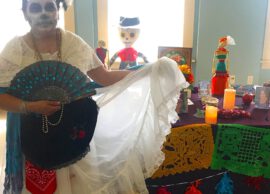
Tradition of the Ofrenda
One of the central components of the Dia de los Muertos holiday celebration is the altar or ofrenda (offering). You may have seen many around town yesterday or perhaps contributed to The Grace Museum community ofrenda at a previous family festival. An ofrenda is typically an altar or special table in the home where a collection of significant objects are placed to celebrate the lives of loved ones who have passed. Today, Aida Pantoja shares about her Veracruz heritage and how she celebrates el Dia de Muertos and sets up her ofrenda for her father each year. Tomorrow we will explore the significance and symbolism of the many components of the ofrenda.
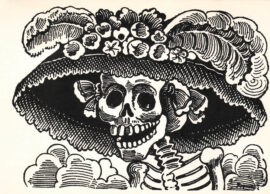
La Catrina – A History
La Catrina or La Calavera Catrina is one of the most recognizable symbols of the Dia de los Muertos holiday – but do you know her origins? The story of La Catrina involves three of Mexico’s most famous artists across two generations and the power of art as a reflection of society.
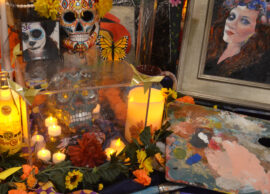
Feliz Dia de Muertos
Feliz Día de los Muertos! Since we cannot all be together this year for The Grace Museum annual Día de los Muertos Family Festival, we will be celebrating all week long with daily history, traditions, and art. Today we begin with the origins of the holiday – a beautiful blending of ancient Nahua pre-Columbian Mesoamerican traditions and European Catholic influences that inform today’s celebration of life across Mexico and beyond.